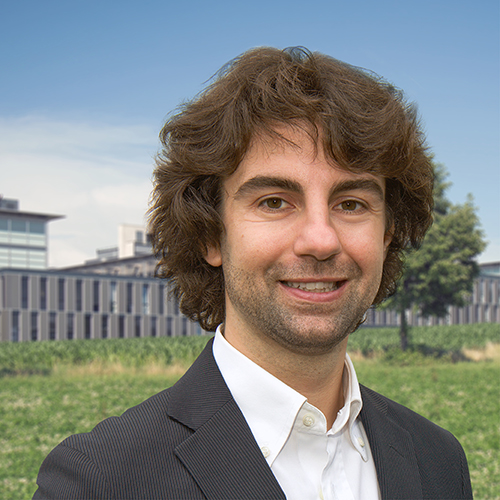
Gabriele Manoli helps explain the seasonality of urban temperatures
27.03.2020 13:30
Branco Weiss Fellow Gabriele Manoli, together with scientists at ETH Zurich, Princeton and Duke University, has devised a simple new model that explains how the undesirable effects of urban heat islands vary across seasons. Existing urban climate models require a large amount of information and are computationally very demanding. Manoli’s new coarse-grained model, instead, provides general insights into how seasonal changes in rainfall, solar radiation, and vegetation conditions affect the intensity and timing of surface urban heat islands at a city-wide scale – with just two coupled equations, one for the hydrologic budget and the other for the radiative-energy balance.
The framework could help cities in different climatic regions design heat mitigation strategies, especially where extensive data and detailed simulations are not available. “For city planners, it provides a new approach that complements more detailed, city-specific tools, and provides general guidelines on the effects of heat mitigation strategies, such as increasing green spaces, in different climates and during different times of the year”, Manoli said.
The model provides new evidence that seasonal variations in the intensity of urban-rural surface temperature differences – which, until now, have been observed but not clearly explained – are controlled by time lags between solar radiation, temperatures, and rainfall. This can have major implications for local energy consumption, climate adaptation policies, and heat-related impacts on health.
The study “Seasonal Hysteresis of Surface Urban Heat Islands” was published recently in the Proceedings of the National Academy of Sciences (PNAS).
Read the news on Duke University website
Read the news in Cosmos Magazine
Read the paper on PNAS
